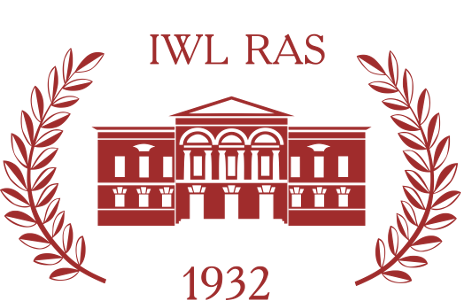About the author:
Svetlana B. Koroleva, DSc in Philology, Head of the laboratory “International Research of Aspects of Cultural Identification”, Linguistics University of Nizhny Novgorod, Minin st. 31 a, 603155 Nizhny Novgorod, Russia.
ORCID ID: https://orcid.org/0000-0002-7587-9027
E-mail:
Abstract:
Ivan Bunin’s translation of Byron’s mystery “Cain” became an important mark of the epoch: the Silver Age tended to grasp profoundly the spiritual basis of European culture and to compare it to key concepts of Russian world so that a new concept of man and humanity could be developed. Through Byron’s “Cain” the writers and intellectuals of the Silver Age got to know intimately the European protestant version of the biblical hero — not so much an apostate and fratricidal killer as an eternally questioning individual mind. In his equivalent (in both aesthetic and semantic aspects) translation of Byron’s mystery, Bunin created almost an embodiment of a protestant image of Cain. At the same time in his “Cain” and “Jordano Bruno” poems Bunin distanced himself from this image; in “Cain” he interpreted it as being less European and intellectual, and more universal and archaically passionate, or even beast-like; in “Jordano Bruno” Cain comes as a hero dangerously proud, whose over-passionate enthusiasm with an idea leads to the death of his heart. Although in his translation Bunin accepted the heroism of Cain the revolting intellectual, in his poem he chose to be on Russian side and adhered to the concept of restraining passions to reach the state of spiritual beauty and love.


